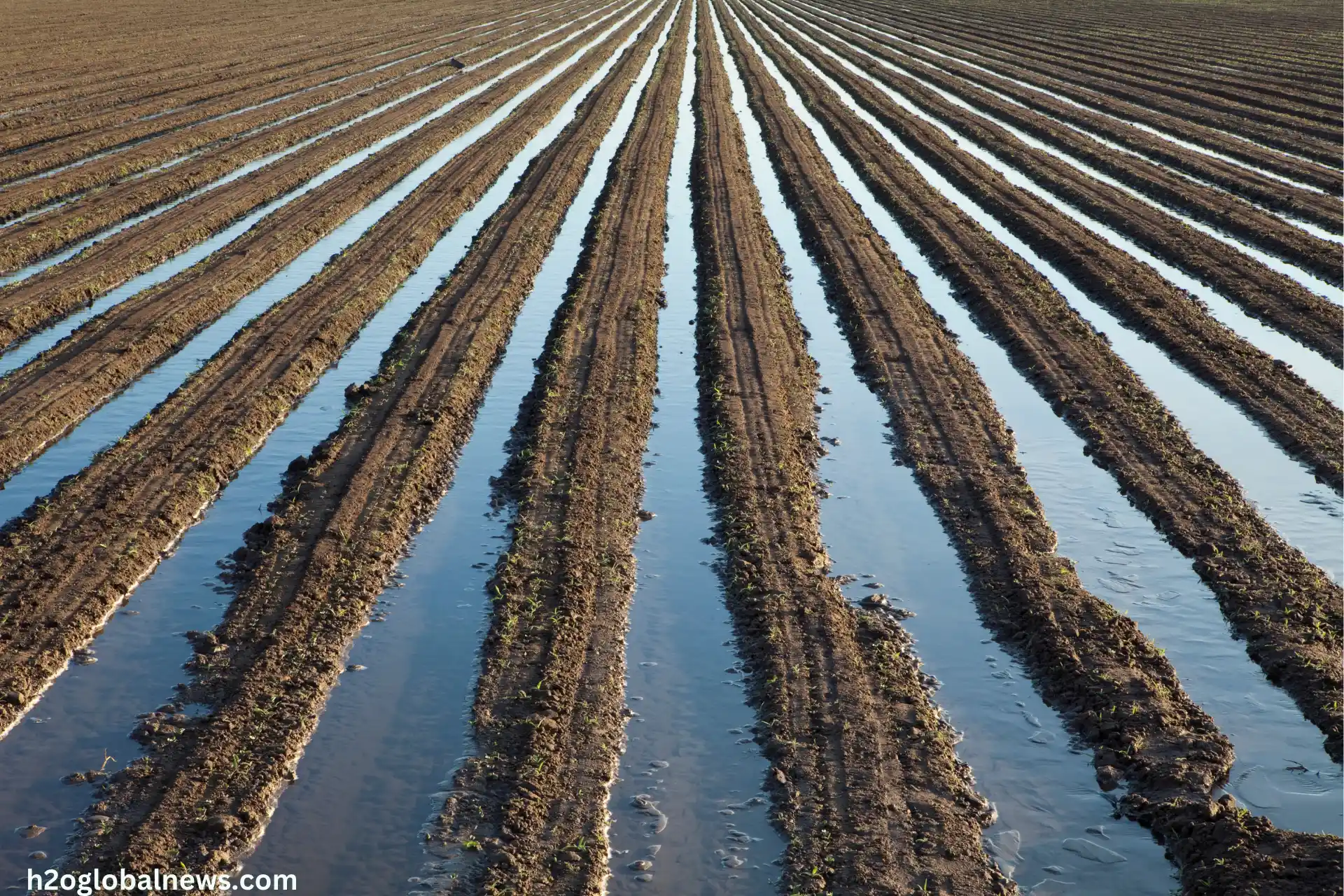Cotton Farming Guide
📌 Introduction
Cotton is one of the most important fiber crops in the world. It's used to make textiles, oil, animal feed, and more. Grown in warm climates, cotton farming supports millions of livelihoods and plays a crucial role in global agriculture and trade.
🧬 1. Types of Cotton
- American Upland: Most common, shorter fibers, high yield
- Egyptian Cotton: Long, silky fibers, premium quality
- Pima Cotton: Extra-long staple fibers, very soft
- Organic Cotton: Grown without synthetic chemicals
🌍 2. Suitable Climate & Conditions
☀️ Climate
- Temperature: 21°C to 30°C
- Rainfall: 50–100 cm
- Frost-free period: Minimum 200 days
🌾 Soil
- Well-drained, sandy loam or black soil
- pH: 5.8 to 8.0
- Rich in organic matter

🌱 3. Farming Methods
- Conventional Farming: Use of hybrids, chemical fertilizers, and pesticides
- Organic Farming: Uses compost, bio-fertilizers, and natural pest control
- Precision Farming: GPS-guided sowing, drone spraying, and monitoring
🧪 4. Land Preparation
- Ploughing: 2–3 times to loosen soil
- Levelling: For proper drainage
- Ridges and Furrows: Recommended for rainwater conservation

🌾 5. Seed Selection and Sowing
Seed Selection: Choose certified, pest-resistant hybrid varieties
Common Varieties: BT Cotton, Bunny, Suraj, JK Desi, Ankur 651
Sowing Time: May to July (depending on region)
Sowing Method: Dibbling or drilling
Spacing: 60 x 30 cm

💧 6. Irrigation
- Pre-sowing irrigation
- First irrigation after 4–6 weeks
- Subsequent irrigation every 2–3 weeks
- Drip irrigation is water-efficient
📅 7. Sowing Season by Region
| Region | Sowing Time | Harvest Time |
|---|---|---|
| Northern India (Punjab, Haryana) | April – May | October – November |
| Central India (Maharashtra, MP) | June – July | November – January |
| Southern India (Tamil Nadu, Andhra) | July – August or January (irrigated) | December – March |
🌿 8. Weed and Pest Management
- Weeds: Remove manually or use herbicides like Pendimethalin
- Major Pests: Bollworms, Aphids, Whiteflies, Jassids
- Control: IPM, neem oil sprays, pheromone traps, insecticides (last resort)
🌿 9. Fertilizer Management
| Fertilizer Type | Quantity per Hectare | Application Time |
|---|---|---|
| Nitrogen (N) | 100–150 kg | Split: 50% at sowing, 50% during flowering |
| Phosphorus (P2O5) | 50–60 kg | Basal dose during land preparation |
| Potassium (K2O) | 50–60 kg | Split between sowing and boll formation |
| Micronutrients (Zn, B, Fe) | As per soil test | Foliar spray or soil application |
🔪 10. Harvesting
- Time: 5–6 months after sowing
- Signs: Bolls open fully, fibers appear fluffy
- Method: Hand picking or mechanical harvesters
🏭 11. Post-Harvest Processing
- Ginning: Remove seeds from lint
- Drying: Reduce moisture content before storage
- Packing: Pack cotton in bales for market
- Storage: Keep in dry, ventilated warehouses
🐛12. Pest and Disease Management
| Pest / Disease | Symptoms | Control Measures |
|---|---|---|
| Bollworm | Damaged bolls, shedding of squares | BT cotton, pheromone traps, insecticides |
| Whitefly | Sticky honeydew on leaves, yellowing | Neem oil spray, imidacloprid |
| Jassids | Leaf curling, yellowing margins | Spray acetamiprid or neem extracts |
| Root Rot | Wilting, blackened roots | Soil treatment with Trichoderma |
| Leaf Spot | Brown spots on foliage | Copper fungicides, proper spacing |

💸 13. Yield & Profitability
- Average Yield: 1.5 to 4 tons/ha (lint)
- Major Costs: Seeds, fertilizers, labor, pest control
- Profit: High with proper pest management and hybrid seeds
🌱 14. Sustainable & Modern Practices
- Organic farming for premium markets
- Use of bio-fertilizers and IPM
- Drone-based spraying and monitoring
- Soil moisture sensors for optimized irrigation
✅ 15. Tips for Beginners
- Choose varieties suited for your region
- Test soil and plan fertilization accordingly
- Scout regularly for pests and diseases
- Join local farming groups or training programs
📷 16. Visual Content
- Infographics: Cotton growth stages, pest life cycles
- Videos: Ginning process, sowing to harvesting
- Photos: Cotton varieties, farm setups, tools
💸 17. Economics / Profitability
| Input | Details |
|---|---|
| Seed Cost | ₹2,000 – ₹3,000 per acre (BT/Hybrid varieties) |
| Fertilizer & Pesticides | ₹5,000 – ₹8,000 per acre |
| Labor Cost | ₹6,000 – ₹10,000 per acre |
| Miscellaneous | ₹2,000 – ₹3,000 (Irrigation, transport) |
| Total Cost of Cultivation | ₹15,000 – ₹24,000 per acre |
| Average Yield | 10 – 20 quintals/acre (lint cotton) |
| Market Price | ₹6,000 – ₹8,000 per quintal |
| Net Profit | ₹20,000 – ₹50,000 per acre (varies by region & pest control) |
